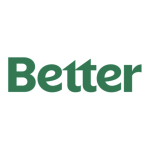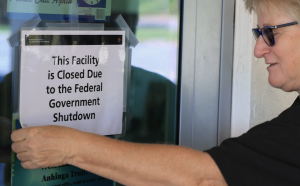Amidst the ever-evolving landscape of the reverse mortgage industry, September brought forth a mix of results. While Home Equity Conversion Mortgage (HECM) endorsements experienced a dip in volume, Home Equity Conversion Mortgage-Backed Securities (HMBS) issuance saw a slight rise. Here’s a breakdown of what contributed to this lopsided scenario.
HECM Endorsements Witness a Decline September saw HECM endorsements decline by 12.3%, with a total of 2,614 loans, as reported by Reverse Market Insight (RMI). A part of this drop can be attributed to a lag in HECM case number assignments, as indicated by data from the Federal Housing Administration (FHA), according to RMI.
Among the top 10 lenders, only one managed to surpass their endorsement tallies from the previous month. Open Mortgage, with a 2.3% production increase, recorded 44 loans in September. Meanwhile, Longbridge Financial witnessed the least severe drop in the top 10 rankings, settling at 241 loans, slightly down from 244 loans in August.
However, there is some optimism to be found. Of the 10 tracked geographic regions, the bottom three recorded volume increases, led by the Great Plains, which saw a 14.3% rise, totaling 64 loans.
Although there was a slowdown in case number assignments as seen in last month’s data, John Lunde, president of RMI, noted a surprising 18.5% increase in these assignments in September. Lunde remains cautiously optimistic about the endorsement drop, indicating that multiple months of data are needed to confirm the trend and that challenges tied to the interest rate environment may still be affecting the market.
HMBS Issuance Shows Modest Growth In contrast to HECM endorsements, HMBS issuance experienced a slight uptick in September. The total HMBS issuance for the month amounted to $638 million, up from $572 million in August, according to data from New View Advisors. A total of 103 pools were issued, which is lower than historical standards. The increase in September was primarily driven by one issuer pooling four months’ worth of production.
Guild Mortgage played a significant role in this boost, pooling $67 million in first participation pools after its acquisition of Cherry Creek Mortgage earlier in the year. However, despite this uptick, September’s issuance remained weak compared to historical standards, standing at around two-thirds of the issuance seen in September 2022.
Looking at the overall trend for 2023, Michael McCully, a partner at New View Advisors, noted that the performance aligns with industry expectations. Rising interest rates and fluctuations in home values are affecting both forward and reverse mortgage lending. The industry’s record-breaking performance in 2022, driven by a HECM-to-HECM refi boom, may take time to fully recover. A similar recovery was last observed about a decade ago.
McCully also emphasized the strong correlation between HECM volume and the 10-year Treasury index rate. Given the current rate environment, industry professionals need to adapt their strategies accordingly.
As the reverse mortgage industry continues to navigate challenges and fluctuations, keeping a keen eye on market trends and adapting to changing conditions remains crucial for success.























+ There are no comments
Add yours